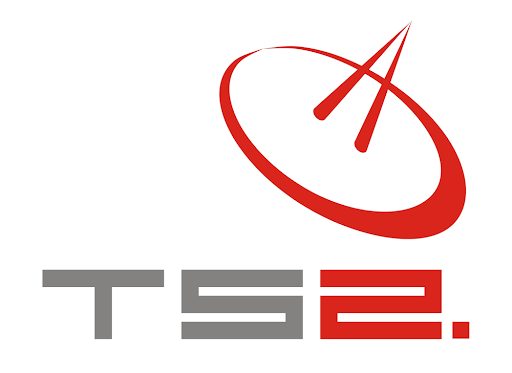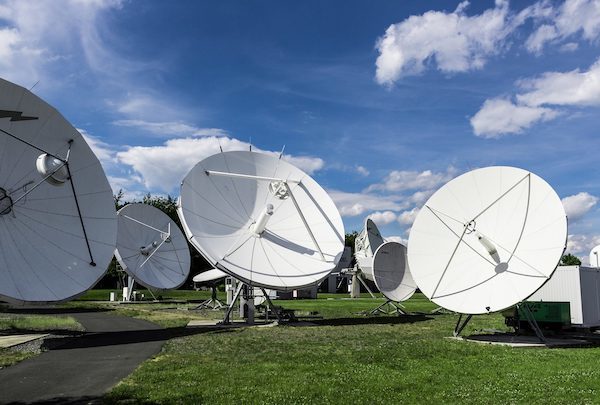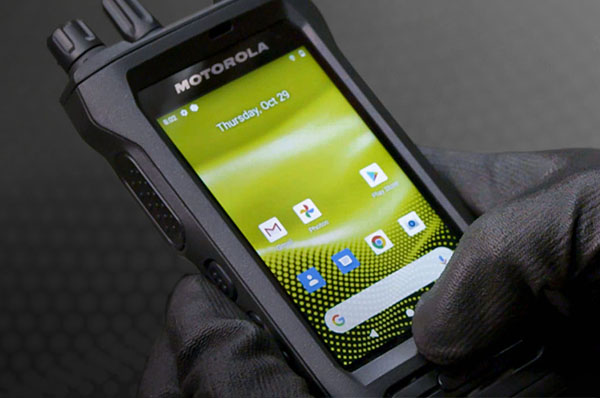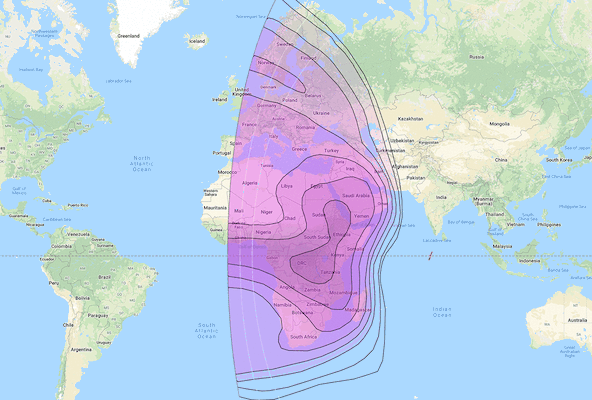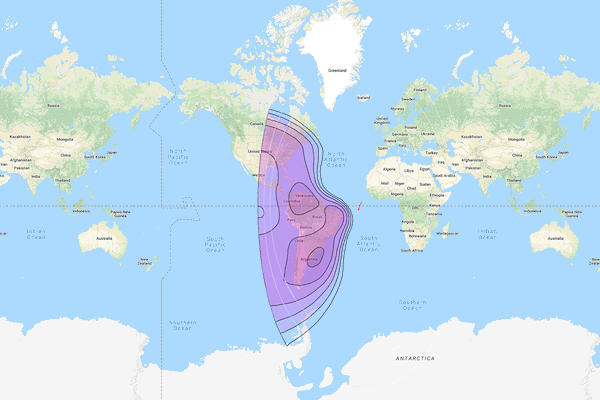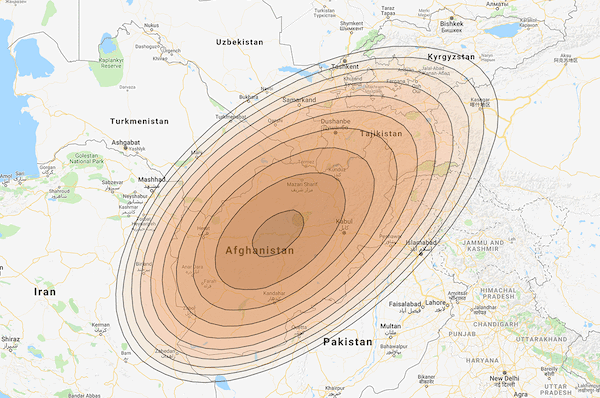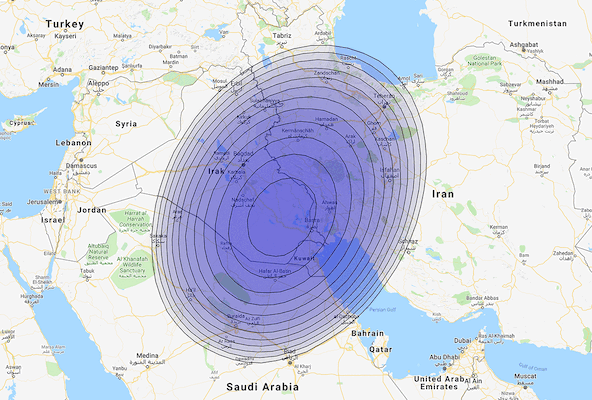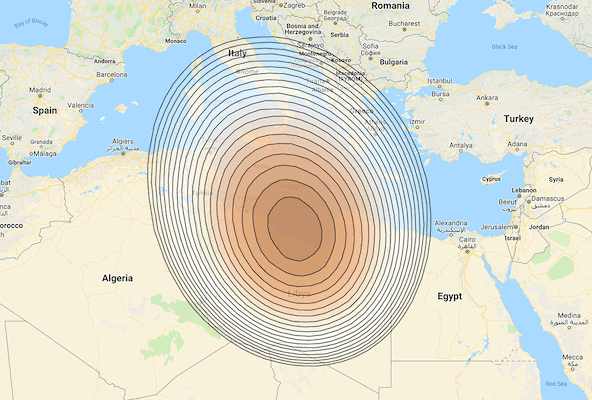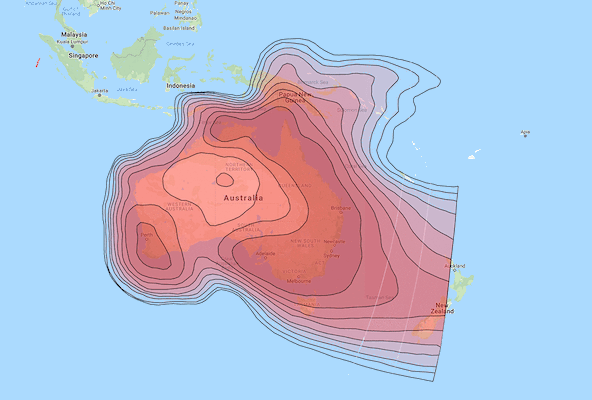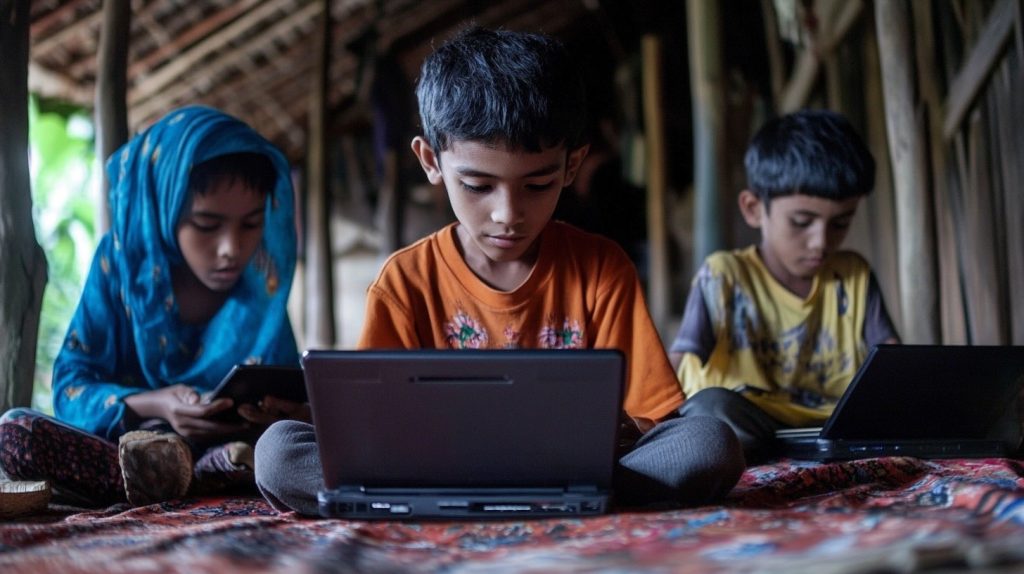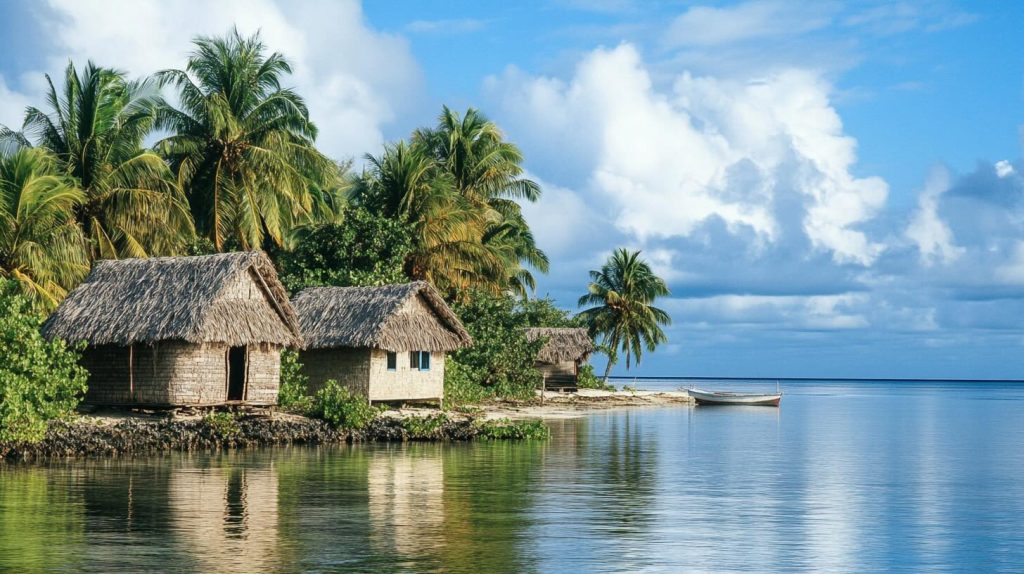WHAT WE OFFER
advanced satellite solutions
BROADBAND SATELLITE
most popular satellites
SATELLITE NEWS
latest from our blog
Bridging 17,000 Islands: Inside Indonesia’s Internet Revolution
Indonesia’s internet landscape is undergoing a rapid transformation, connecting one of the world’s largest archipelagos through a mix of mobile networks, fiber optics, undersea cables, and even satellites. This comprehensive report[…]
Read moreFrom Yurts to YouTube: Inside Mongolia’s Internet Revolution
Major Internet Providers and Market Share Mongolia’s internet market is dominated by a few key players. Univision LLC leads with about 62% of the market, making it the largest Internet Service Provider (ISP) in[…]
Read moreInternet Access in Kiribati: Bridging the Digital Divide Across Remote Pacific Islands
Kiribati is a remote Pacific nation of 33 atolls spread over 3.5 million km² of ocean esa.int. This extreme geographic dispersion makes internet access both crucial for development and challenging to achieve.[…]
Read moreTS2 Space Sp. z o.o.
TS2 SPACE, LIM Center, XVI floor, Aleje Jerozolimskie 65/79, PL 00-697 Warsaw, Poland
phone +48 22 630 70 70, +48 22 630 70 70, fax +48 22 630 70 71
7:00 AM – 5:00 PM Greenwich Mean Time (GMT)
